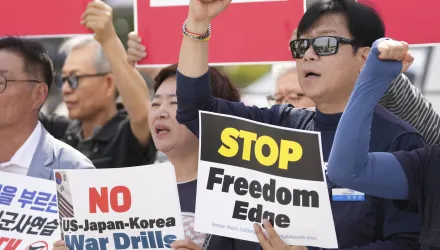International Security is America's leading peer-reviewed journal of security affairs.
Summary
Varied diplomatic approaches by multiple negotiators over the past several years have failed to conclude a nuclear deal with Iran. Mutual hostility, misperception, and flawed diplomacy may be responsible. Yet, more fundamentally, no mutually acceptable deal may exist. To assess this possibility, a “negotiation analytic” framework conceptually disentangles two issues: (1) whether a feasible deal exists; and (2) how to design the most promising process to achieve one. Focusing on whether a “zone of possible agreement” exists, a graphical negotiation analysis precisely relates input assumptions about the parties’ interests, their no-deal options, and possible deals. Under a plausible, mainstream set of such assumptions, the Iranian regime’s no-deal options, at least through the fall of 2012, appear superior to potential nuclear agreements. If so, purely tactical and process-oriented initiatives will fail.Opening space for a mutually acceptable nuclear deal—one that avoids both military conflict and a nuclear-armed or nuclear-capable Iran—requires relentlessly and creatively worsening Iran’s no-deal options while enhancing the value of a deal to the Iranian regime. Downplaying both coercive options and upside potential, as international negotiators have often done, works against this integrated strategy. If this approach opens a zone of possible agreement, sophisticated negotiation will be key to reaching a worthwhile agreement.
Sebenius, James and Michael K. Singh. “Is a Nuclear Deal with Iran Possible? An Analytical Framework for the Iran Nuclear Negotiations.” Winter 2012/13





